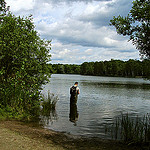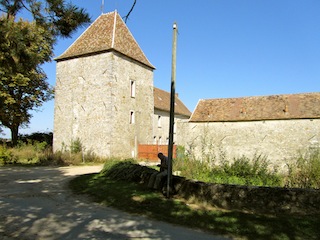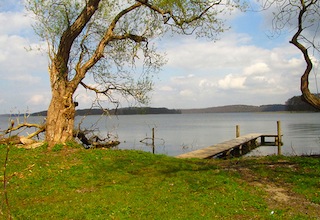A Hiking Guide Book
“26 Gorgeous Hikes on the Western Cote d’Azur”
I have come across many a hiking guide book in my time, good ones and bad ones in sufficient numbers that I feel qualified not only to tell the difference but also to identify the criteria on which an assessment like this may be based. My personal list of “dos and don’ts” runs like this:
Good hiking guide books propose hikes of different lengths and degrees of difficulty. Many books only start at 15 km and go all the way up to 30. Whenever I see one of those I want to grab the author by the lapels and shout: You try to drag your wife on one of those!
As for the volume of the text, the simple rule applies: less is more. Your readers need instructions of how to get to the trail. The hiking guide book should also tell them why they should do this trail rather than any other – what makes it interesting and different. And point out things to look out for – a tricky intersection of trails, for example, places where you can get lost if you don’t pay attention, that sort of thing. After that, you should zip it – and let the walking do the talking.
For every trail in the book, you will need a little map. This map should be integrated into the body of the text, not provided as a foldout at the end of the book.
The book should be compact, sturdy and made of paper that does not absorb water too easily. It should not disintegrate in your backpack or in your hands, at the first drop of rain. Hiking books are books all right, but they are also pieces of equipment.
And, above all: text and photos are there to give your readers a rough idea what they are likely to see, not to replace the experience of hiking. This is why it is called a guide and not a poem.
“26 Gorgeous Hikes on the Western Cote d’Azur“ by Florence Chatzigianis is the rare case of a hiking guide book that gets all of these right, and much else besides. The book is knowledgeable without being pedantic, and comprehensive without being long-winded.
Its author clearly knows her Cote d’Azur well, but wears her learning lightly. Above all, she never forgets that the book is for her readers, not herself. (If you think that this is obvious, you clearly have not been around much in the travel writing world.)
She also harbours no illusions about the people who are most likely to pick it up. Hard-core hikers tend to travel further inland, so a book like this is mainly for folks who spend their holidays on the coast and are looking for something to do on a day when they do not feel like roasting on the beach. Which is why the emphasis is on half-day hikes, nearly all of them less than 10 km long.
The routes are well described, and the maps, although not topographical, complement these descriptions with enough detail – pointing out “water cisterns” and “relay masts” that you would not ordinarily find on a map but that will be immediately obvious to the walker – that I for one would be confident enough to take nothing but the book with me on a walk.
My only quibble is that the “Getting there” section makes no allowance for people like me who rely on public transport. I am sure that some of the walks can be more easily reached by bus than others, and it would have helped to identify them. At the end of the book, however, the author points to the website of the local bus company, so you can work it out for yourself.
The western Cote d’Azur between Toulon and Saint Raphael is a stretch of the French Mediterranean coastline that I am not particularly familiar with – we have done our hiking in the areas both further to the west and to the east. But 26 Gorgeous Hikes has given me an appetite to try it out – and will, I am sure, serve me well once I have started to explore the region. There is not much higher praise for a hiking guide book like this.








